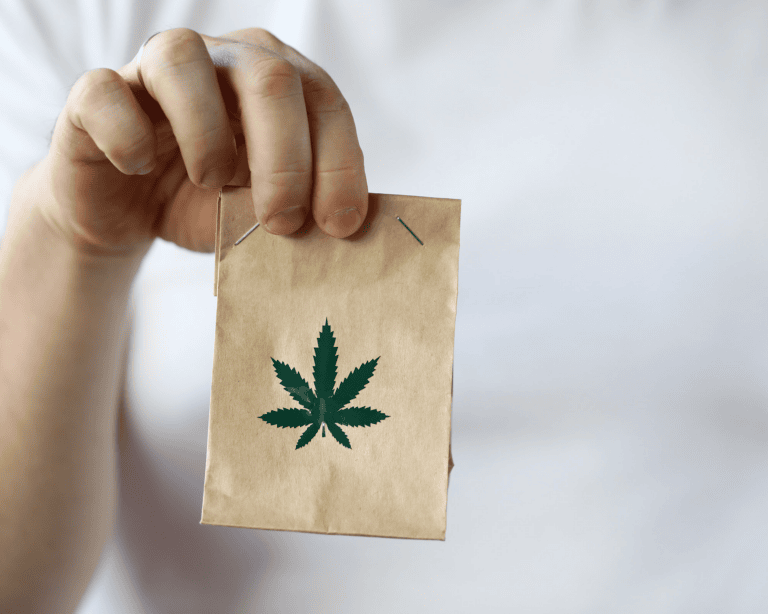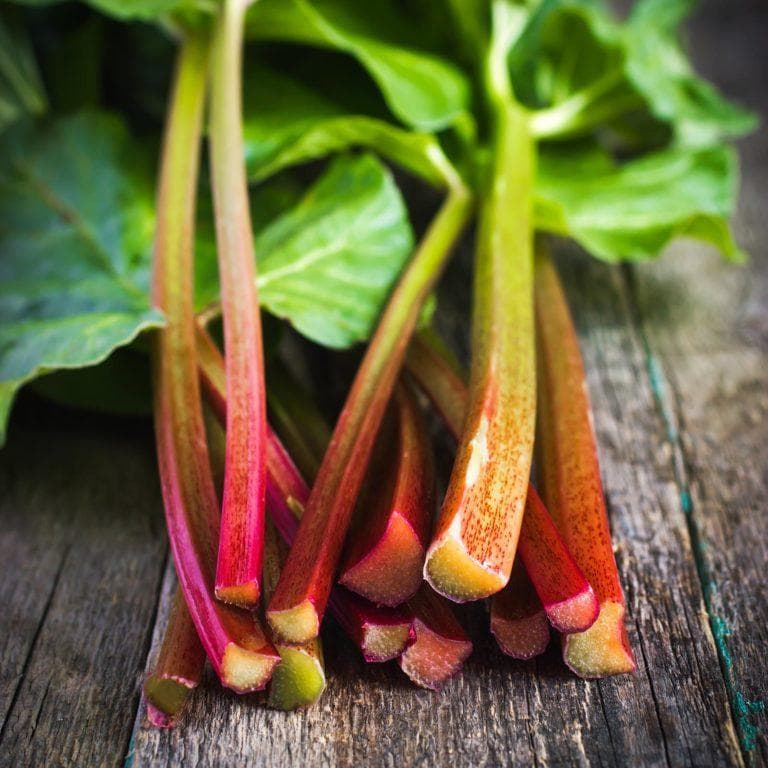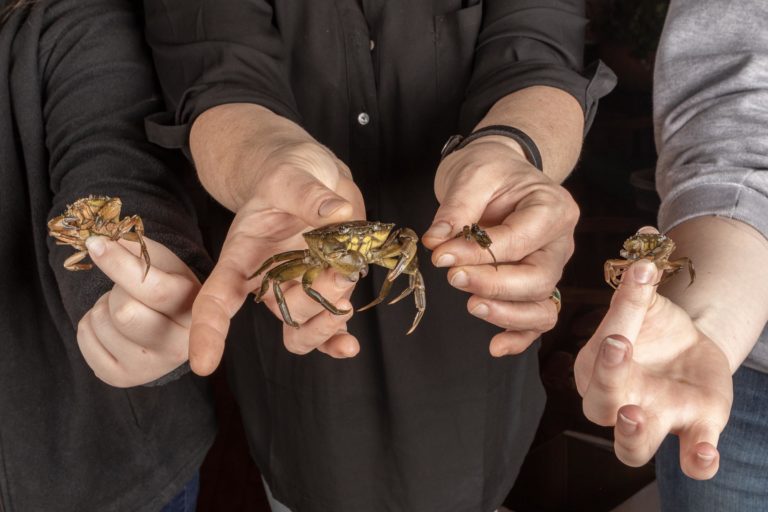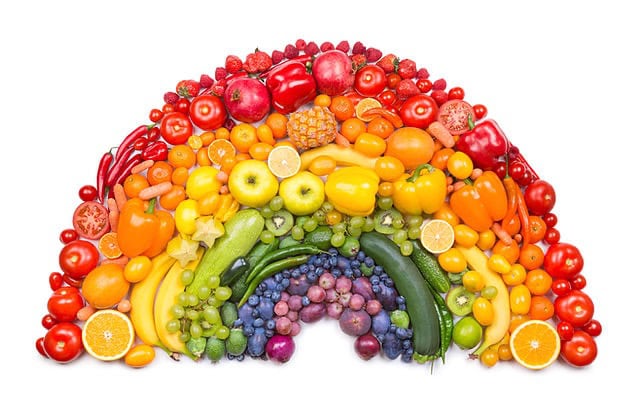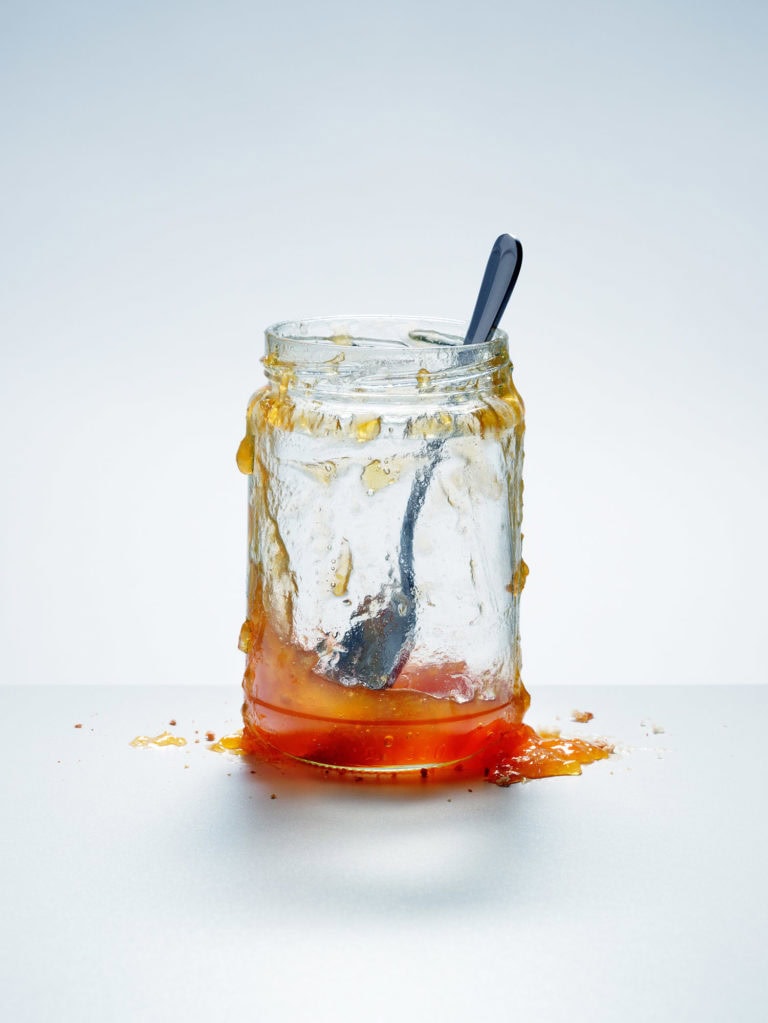No one is more surprised than I am to be writing the first installment of this recurring column about cooking with cannabis. My admissions to partaking in Illicit pot in the past are not as bold as President Obama’s claims about his personal use but are a bit more breathtaking than President Clinton’s recounting of his not inhaling. I was not a frequent flyer in my youth, and once I had kids, “say no to drugs” was a talk I walked, except for a glass of wine or two with dinner. And possibly a Jell-O shot if pressed at a holiday party.
But times and laws have changed.
Selling cannabis in Maine is almost as legal as peddling my favorite bourbon, so experimenting with it in the kitchen is fair game.
If you voted “No” on the 2016 referendum legalizing marijuana, you may want to stop reading now. But if you’re curious about the variety of cannabis products available on the state’s medical and recreational markets, you can consume information about them here, in small bites, in the privacy of your own kitchen.
Commercial cannabis is sold into both the broader medical market and the limited recreational market in Maine as marijuana flowers, edibles and concentrates. Flowers are generally smoked. Edibles are eaten. And concentrates — full-spectrum cannabis oils and pure THC distillates – factor into cooking at home.
Full-spectrum oil contains an array of compounds found in the plant, including cannabinoids (like high-inducing THC and relaxing CBD), terpenes (aromatics), and flavonoids (antioxidants with anti-inflammatory and immune system benefits). These work together to achieve the medicinal properties of cannabis, sometimes called the “entourage effect”. Making the oil most often requires full-bud, high-potency, terpene-rich flowers, which can be expensive. And to date, there is no set criteria for what “full spectrum” comprises, so your mileage will vary. Distillates are potent, predictable, and relatively cheap to produce, but both the taste and the sometimes-harsh high can be off-putting.
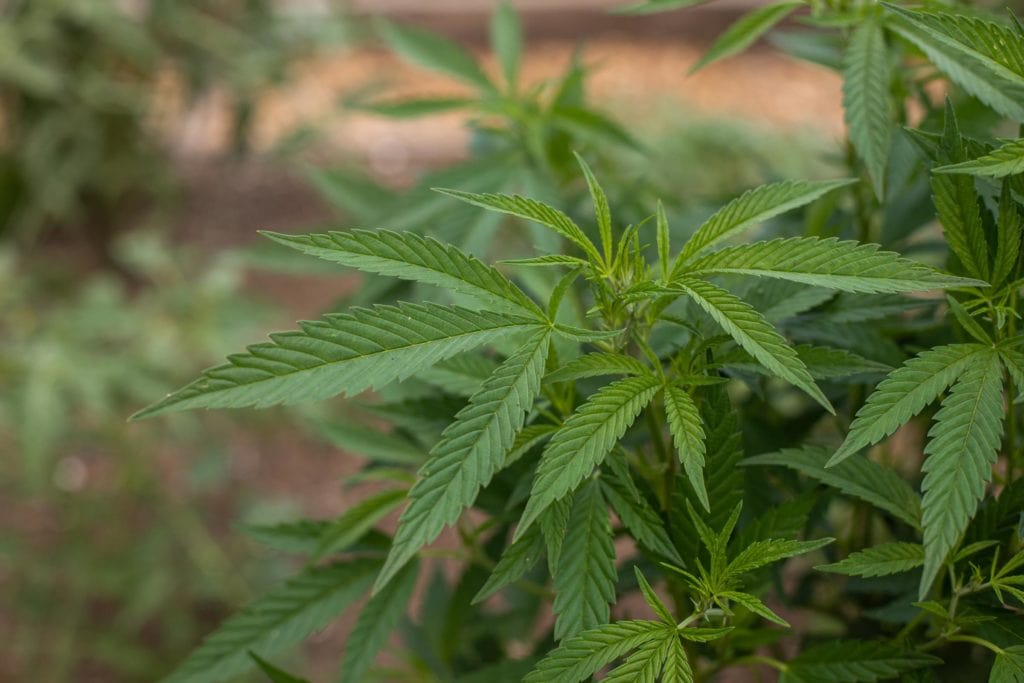 Just as a pint of beer affects each body differently, so too will a low dose—even just 2.5 milligrams—of cannabis oil. Proceed with caution to get a good handle on how your body reacts. Damon Holman, owner of Wind Hill Growers in Manchester, sells his company’s full-spectrum products into the medical market. He suggests starting with tiny doses and keeping track of how both dosage and delivery method affect you.
Just as a pint of beer affects each body differently, so too will a low dose—even just 2.5 milligrams—of cannabis oil. Proceed with caution to get a good handle on how your body reacts. Damon Holman, owner of Wind Hill Growers in Manchester, sells his company’s full-spectrum products into the medical market. He suggests starting with tiny doses and keeping track of how both dosage and delivery method affect you.
Cannabis oil products sold in Maine list their THC potency by volume to help with dosage. The label on the bottle of Wind Hill Growers’ Cannabis-Infused Extra-Virgin Olive Oil says there are 5 milligrams of THC per tablespoon. You could take it like castor oil and swallow a whole tablespoon if you want to keep the dosing simple. But it may be more pleasant to make a sauce or salad dressing with it and do the math on dosage. For example, if you make a salad dressing to serve four, combine 4 tablespoons of THC-infused olive oil, 2 tablespoons of vinegar, 1 tablespoon of minced shallots, and a teaspoon each of chopped thyme leaves, honey, and salt. Shake the mixture well to get a total of 4 ounces, and you’ll know that every 1-ounce (2-tablespoon) serving contains 5 milligrams of THC. If you’re sharing the salad dressing with others at the table, make certain they too are aware its dosed contents because nobody really enjoys a cannabis surprise.








